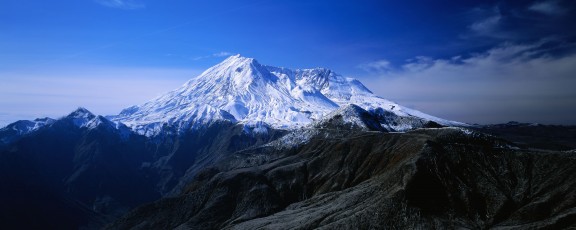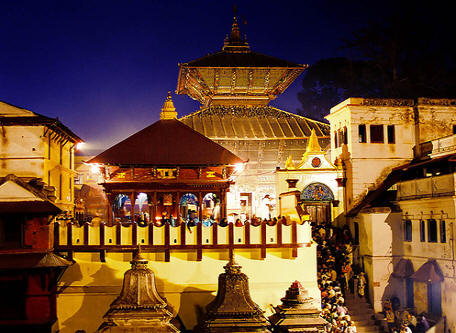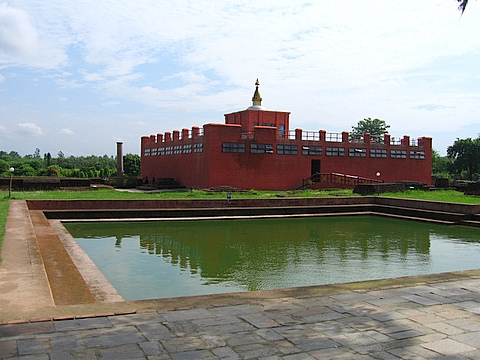Nepal's various terrain may be a mountain biker's dream journey come back true. Mountain biking offers an environmentally sound manner of exploring this magnificent country, its landscape and living heritage. as a result of this can be a Spartan, laborious mode of travel, it's additionally thought of the thanks to travel by the 'purists'. There are many dirt roads and trails in Nepal to satisfy each mountain biker's wildest fantasy. Mountain biking is additionally suggested if you want to explore the urban centers like Pokhara and Kathmandu, and the outskirts. Imagine, if you may, a ride through lush inexperienced rice fields, through hamlets,the hillside up and down, along the river bank, around temples, past the road roaming cattle, along the highway, you name it. Through snow, monsoon heavy shower, wonderful light-weight effects, or fierce head winds, looking on place and season. The adventurous souls might arrange extended visits to such exotic locales as Tibet, Namche Bazaar, and western Nepal. you'll even do the whole length of Nepal across the plains. What you'll or cannot do on mountain bike is proscribed solely by your imagination. it absolutely was within the mid Nineteen Eighties that Biking activity extremely took off in Kathmandu within the mid Nineteen Eighties. Enthusiasts flew with their bikes from East Asia to Tibet to try and do a 2-week journey from there over the passes (17,000-ft) to Nepal. This landmark event place Nepal squarely in mountain biker's map. so Kathmandu nowadays is taken into account a Mecca for mountain bicyclists, drawing many enthusiasts from all corners of the planet once a year.
Bike Routes
Some of the regular routes that cowl the valley are those that weave in and out of Bhaktapur, Patan and Kathmandu. Day 1: Kathmandu (24 km/ 3-4 hours): begin from the nerve center of recent Kathmandu, the Durbar sq., and wind your high to holy Swambhu, additionally referred to as the temple of monkey. Then ride up and over ring road, to say, Kakani, and reenter Kathmandu from the Northwest corner through terraced farmland and hamlets abandoned by time. Day 2: Bhaktapur (30 km/ 4-5 hours): Begin at Thimi, the restored capital of Bhaktapur and head up the tortuous road to Changu-Narayan Temple and come back via farming villages. Then head right down to Pashupati along the bank of the Bagmati River, and land up at a Buddhist shrine, the Bouddhanath stupa. Day 3: Patan (51 km/8-9 hours): begin in Patan, winding your approach through the maze of alleys with ornately-carved windows, taking in historical sites like the Krishna Temple, Patan Durbar Square and Golden Temple. Then head southeast past Ring Road to Panauti along a tough off-road path. Then come back to Kathmandu via a paved road or an equivalent path. Alternatively, you may leave to Dakshinkali or Godavari. alternative outlying places fashionable with the enthusiasts are Nagarjuna, Nage Gompa, Tokha, Ichangu Narayan, Gomcha, Bungmati, Kakani, Dhulikhel and Nagarkot.
Further mountain bike trips are those extending from:
Dhulikhel to Kodari (82 km), close to the Tibetan border Naubise to Royal Chitwan Park along the Rajpath through such scenic places because the Palung Valley, Daman, and also the not-so-scenic industrial city of Hetauda within the plains Hetauda to Muglang by approach of Narayanghat Lakeside Pokhara up and along the ridge to Sarangkot purpose, and continuing on to Naudanda from where you'll soak up the breathtaking close-up read of the Himalayas and also the Pokhara Valley Naudanda to Pokhara through Lumle, Beni and Birethanti, Naudanda to Pokhara (32 km) either via Sarangkot path described in a pair of. or the highway track, that starts with a tortuous half dozen km descent into Modi Khola valley. There are several a lot of choices if you're willing to require the time to seek out out and blaze your own path.









